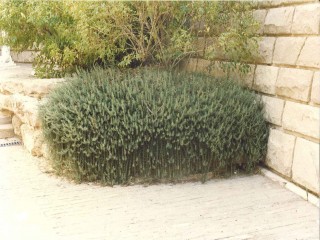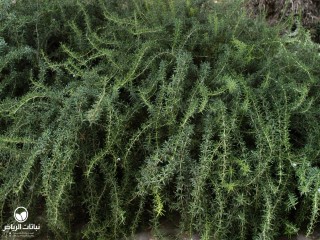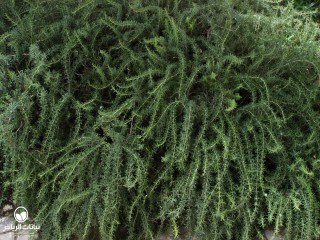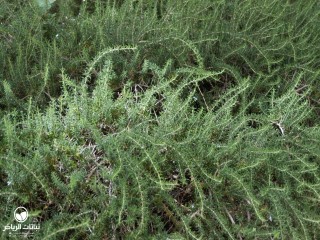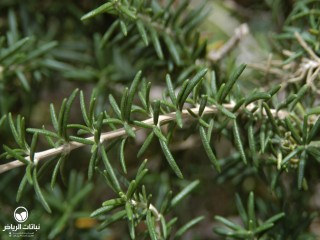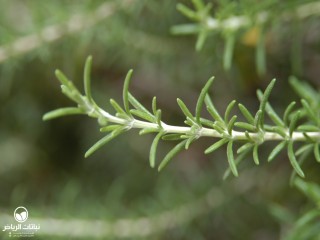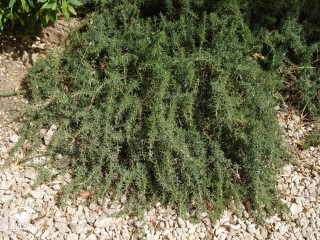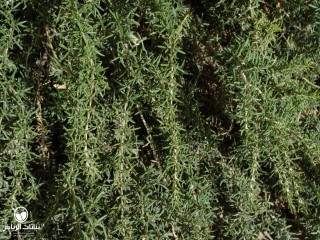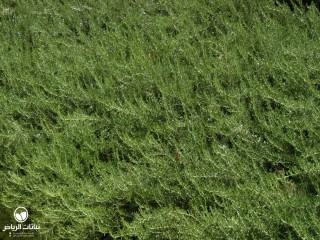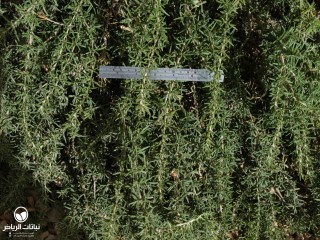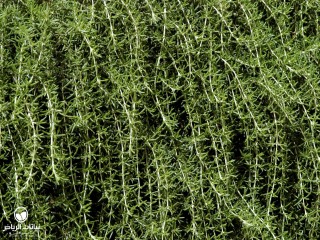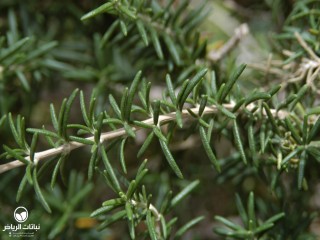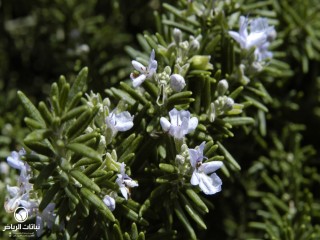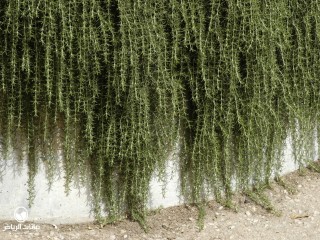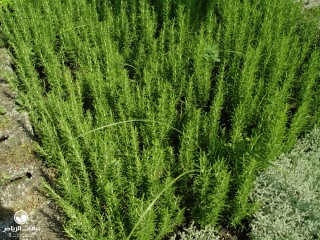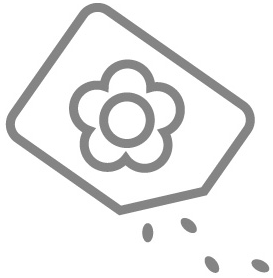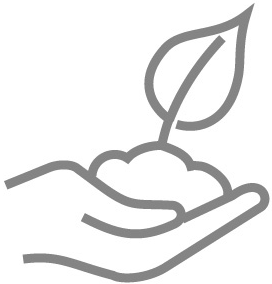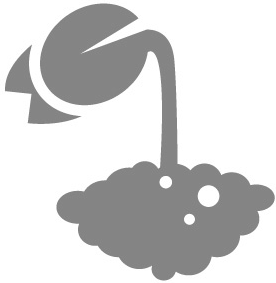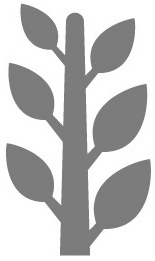Riyadh Plants
Rosemary, Anthos, huss alban, iklil al jabal
Rosmarinus officinalis is known as Rosemary in English, and huss alban and iklil al jabal in Arabic. It is native to the Middle East, southern and southeastern Europe. Its climate zone is temperate. Rosemary normally grows close to coastlines. The name is based on this habit: ‘ros’ means dew, ‘marinus’ stands for ocean. The evergreen, dwarf-like shrub grows between 50 cm and 1.5 metres high. The shape of the shrub is often round, oval to irregular. The linear leaves are a fresh, dark green. The foliage emits an appealing spicy fragrance in its preferred sunny locations. Rosemary is a very tasty herb. The 1-cm, pale-blue, bee-attracting flowers appear in early spring and are arranged raceme-like on the branches. The fruits are brown nutlets. Rosemary requires medium irrigation, with low salinity. Propagation methods include sowing and pricking, as well as by cuttings. Owing to its natural habitat, Rosemary prefers locations with a good micro-climate and semi-humid conditions and is frost tolerant. Rosemary is best planted in groups, or in massed planting, as a groundcover or a low hedge. It is attractive in rock or steppe gardens, as well as in private gardens. In urban areas it can be used in public open spaces, parks, pedestrian precincts and in containers. Rosmarinus off. ‘Prostratus’ is the creeping variety, and it has the same requirements and habits as the main species. The prostrate form is excellent for covering the tops of walls. In the early 1980s (CE), the plant’s first use in Arriyadh was in the Diplomatic Quarter.

